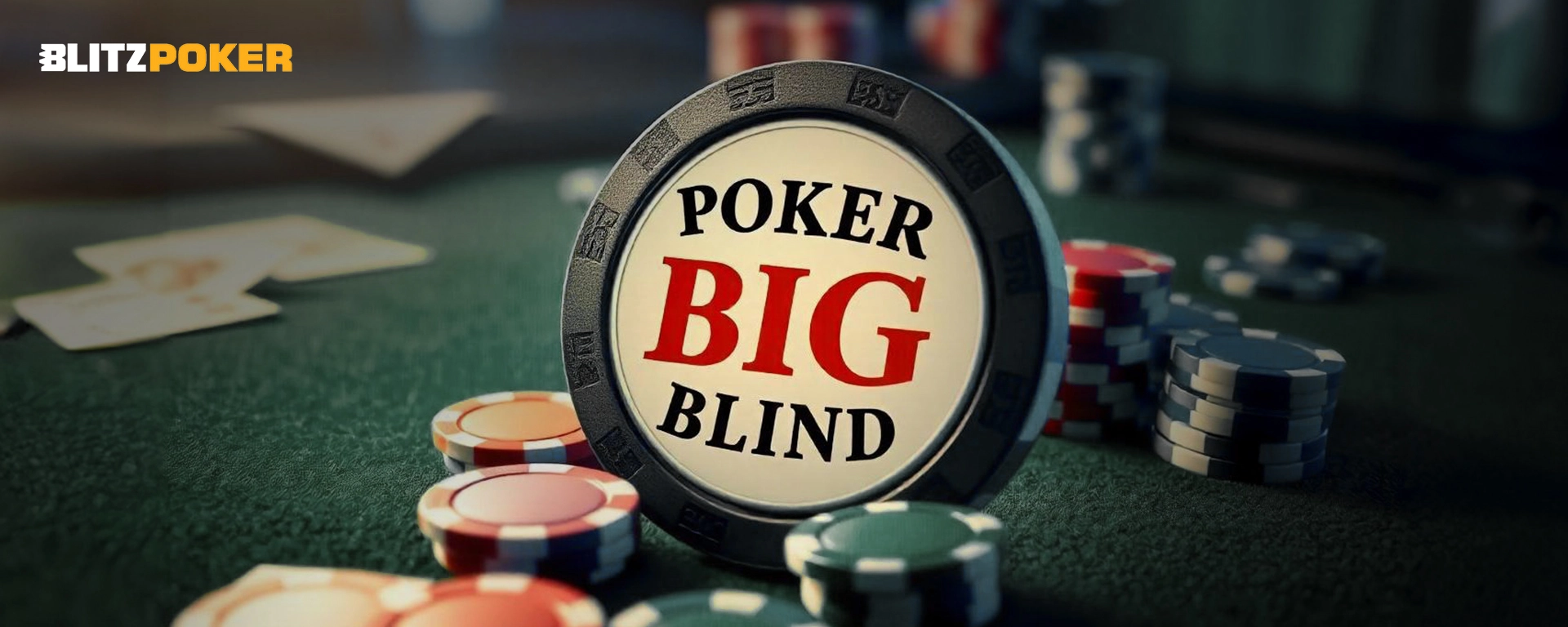Big Blinds
If you’ve ever found yourself at a poker table, you know that the game’s rhythm hinges on a unique feature known as the blinds. Chief among these is the big blind, a mandatory preflop bet that drives the action forward and stirs the pot even before any cards are dealt. Positioned two seats to the left of the dealer, the player in this spot is responsible for matching or raising the big blind’s value if they wish to stay in the hand once it begins. Understanding the role of the big blind is crucial as it not only sets the stakes from the start but also influences players’ strategic decisions throughout the game. In this article, we’ll demystify the essential poker concept of big blinds, explaining what it is, why it’s necessary, and how your position in relation to it can shape your play. Experience the thrill of the big blind and elevate your game to new heights at BLITZPOKER, where every hand is a chance to win big and every strategy counts.
What Do Big Blinds Mean in Poker?
In poker games like Texas Hold’em and Pot Limit Omaha, the concept of the “big blind” plays a crucial role in driving the game’s dynamics. Although the dealer doesn’t actually deal the cards in these games—a non-playing dealer usually manages this—the dealer’s position, marked by the dealer button, is pivotal in determining the order of play. Directly to the left of this button are the two players responsible for posting the mandatory bets known as the “small blind” and the “big blind.”
The big blind, positioned two seats to the left of the dealer, is twice the size of the small blind and is a forced bet, which means it must be placed before any cards are dealt. This mandatory action helps prevent the game from stagnating, forcing players into the pot rather than allowing them to wait endlessly for premium hands. This mechanism not only helps jumpstart the action but often leads to more raises and bets, making the game engaging and competitive.
While the blinds in cash games remain static, in tournament settings they increase at regular intervals, adding layers of strategy as players adjust their tactics to the evolving stakes. The big blind is both a challenging and crucial position, as it frequently sees the flop and offers potential advantages and opportunities for strategic plays. Mastering the intricacies of playing from the big blind can dramatically increase a player’s win rate, capitalizing on opponents’ weaknesses while fortifying one’s position at the table. Understanding and executing the right strategy from this position is key to gaining a competitive edge in poker.
Big Blind Rules in Cash Games
In cash games, the big blind is a fixed amount that each player must contribute to the pot before the hand starts. This amount is typically a set multiple of the small blind or determined by the house rules. As the dealer button rotates clockwise around the table after each hand, players take turns posting the big blind. The amount remains steady throughout the game unless the stakes increase, perhaps due to a new player joining or a group decision to raise the stakes.
Big Blind Rules in Tournaments
In tournaments, the big blind also serves as a mandatory bet to keep the action lively. Unlike in cash games, the big blind amount increases at set intervals, encouraging more frequent play and preventing the game from dragging on too long. These increases are outlined in the tournament structure and announced by the organizers.
Big Blind Rules in Heads-Up Games
In heads-up matches, where only two players are involved, the dealer button and blinds rotate between them. The player who isn’t the dealer becomes the small blind, while the other takes on the role of the big blind. This player is responsible for placing the mandatory big blind bet before the hand begins, just as in other poker formats.
